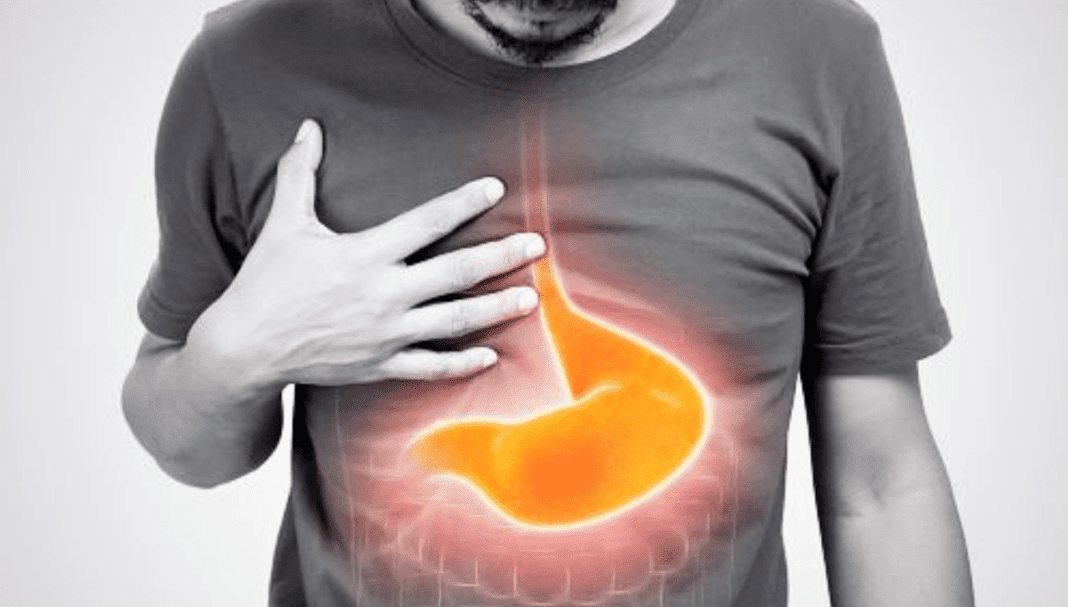Optimising proton pump inhibitor therapy in pharmacy
Proton pump inhibitors (PPIs) are a widely used pharmacological treatment option for management of gastro-oesophageal reflux.1

While data on PPIs highlighted concerns about long-term use and the need for appropriate prescribing, an analysis of Pharmaceutical Benefits Scheme (PBS) data following the introduction of prescribing restrictions in 2019 suggests that a reliance on PPIs for management of reflux symptoms remains.2
Indeed, PPIs are an effective and well-tolerated pharmacotherapy for reflux and can be used confidently in the correct indications: first-line as a regular therapy for frequent/severe symptoms of gastro-oesophageal reflux disease (GORD), and second-line as an ‘on-demand’ therapy for mild/intermittent gastro-oesophageal reflux symptoms (see Therapeutic Guidelines for further information).1
However, for a variety of reasons, up to 40% of patients taking daily PPI for reflux symptoms are considered to have ‘PPI treatment failure’ or refractory GORD.3 Understanding the possible causes of persistent symptoms is important for pharmacists to efficiently troubleshoot n
THIS IS A CPD ARTICLE. YOU NEED TO BE A PSA MEMBER AND LOGGED IN TO READ MORE.















